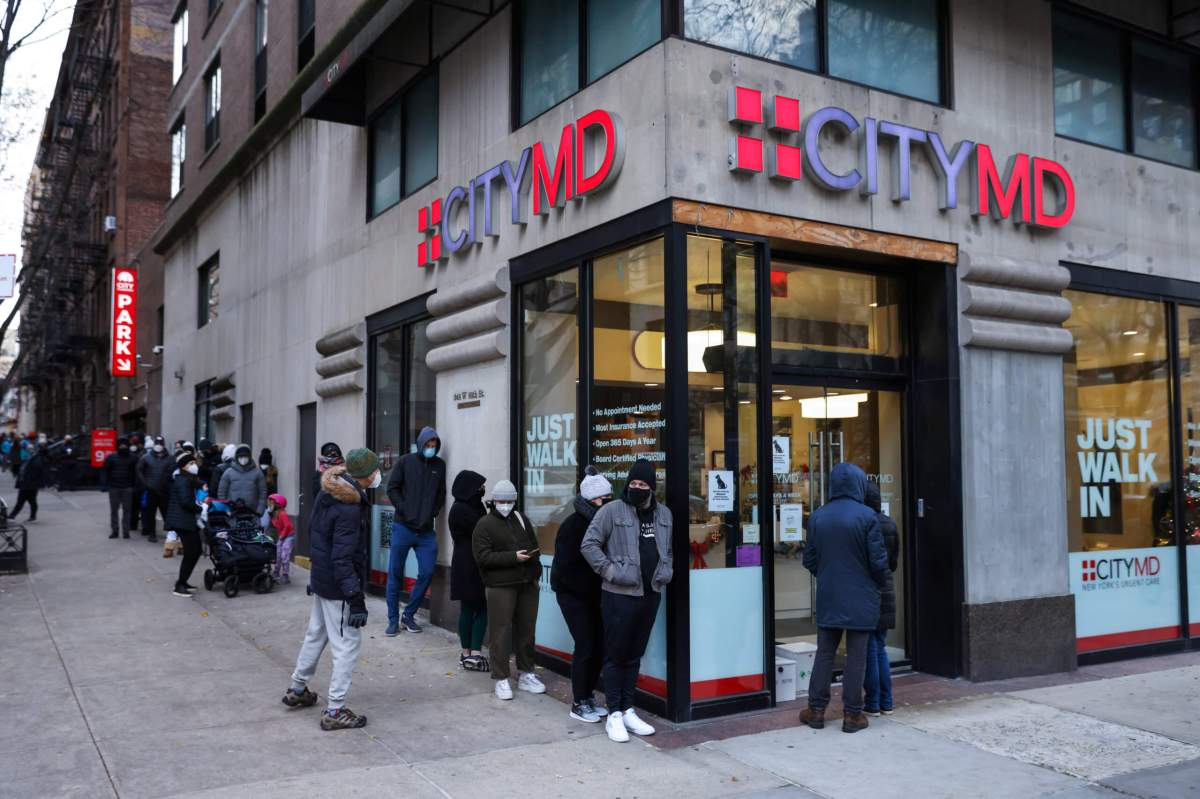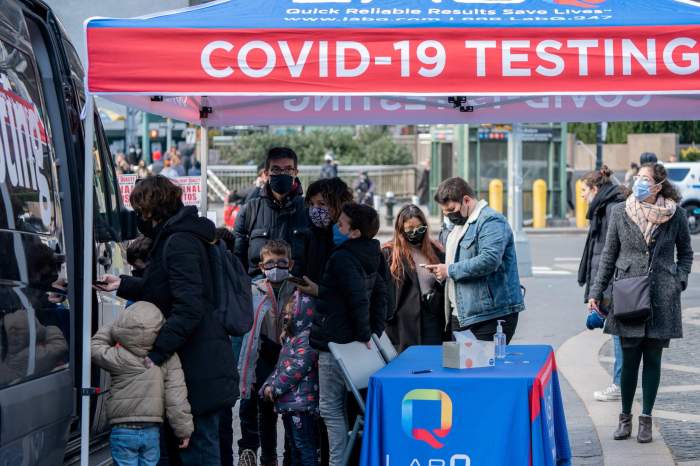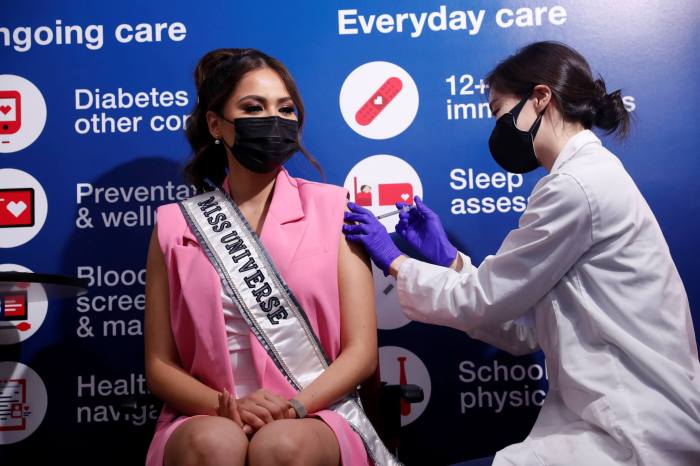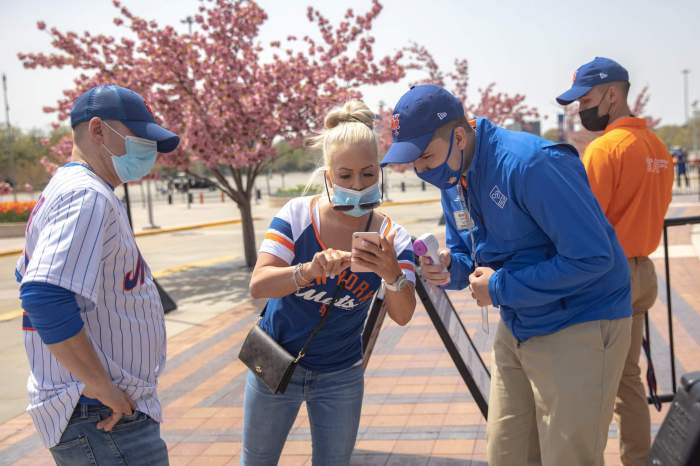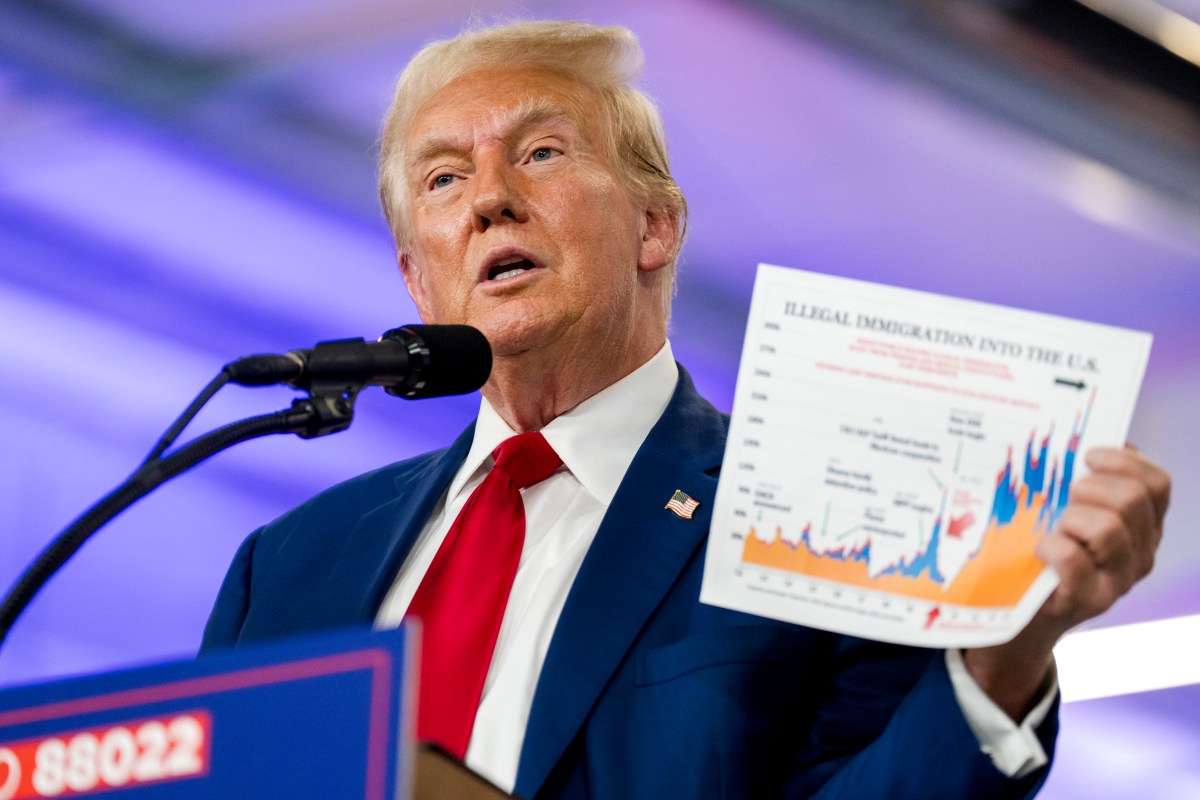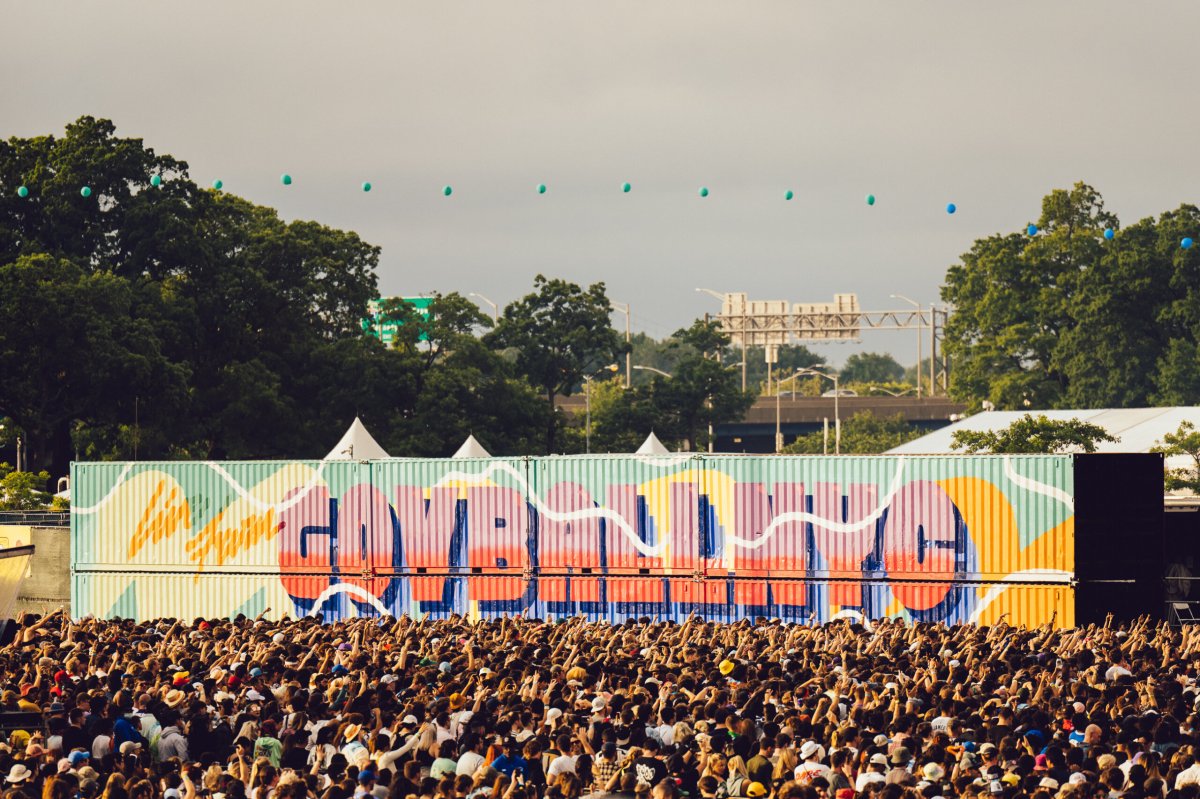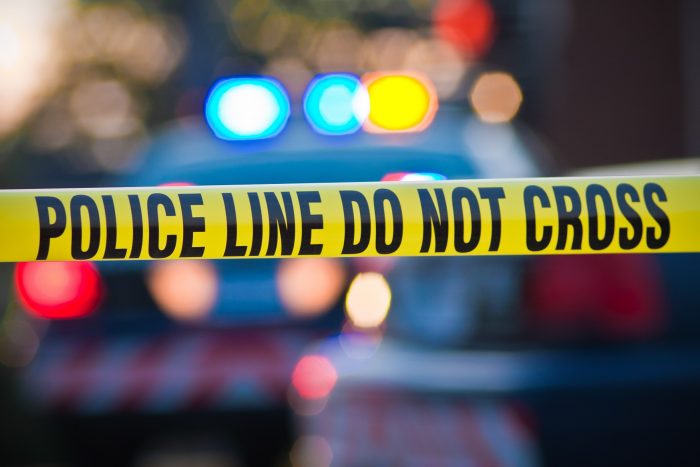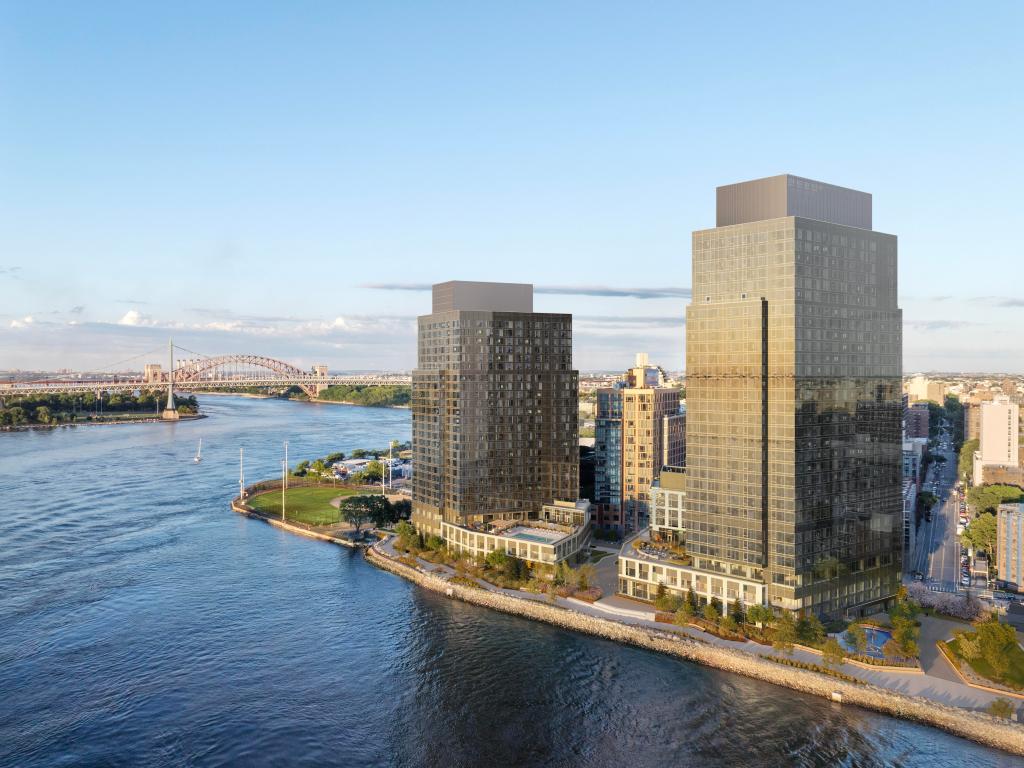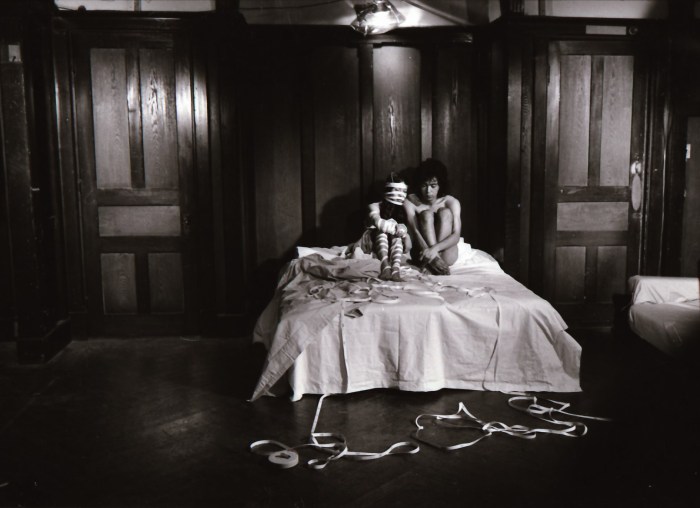The latest wave of COVID-19 cases — sparked by the Delta and Omicron variants — constitutes a tsunami of infection crashing down upon New York City less than a week before Christmas.
More than 10 areas of New York City saw their 7-day positivity rates exceed 10%, and 17 communities reported 300 or more new COVID-19 cases, between Dec. 10-16, according to the latest data from the New York City Department of Health and Mental Hygiene. The high numbers suggest a larger number of breakthrough cases than before, especially since many areas with higher infection rates also reported most, if not all, of their residents as being fully vaccinated.
To repeat, being vaccinated does not guarantee that you’ll avoid COVID-19 infection — but it does significantly reduce your chances of becoming severe ill, or even killed, by the virus. The statistics demonstrate that, as a disproportionately higher number of unvaccinated New Yorkers are becoming infected by COVID-19, and winding up in the hospital, than vaccinated New Yorkers with breakthrough cases.
Up until this past week, COVID-19 cases had been steadily increasing across New York, as the colder weather set in and more activities moved inside. The arrival of the Omicron variant — a more highly-contagious strain than the very transmissible Delta version — seems to have put the virus into overdrive over the past week.
As Dr. Jay Varma, the senior health advisor to Mayor Bill de Blasio, pointed out Thursday, infection rates in New York City doubled in just three days time between Dec. 12-14 thanks to high community spread. That analysis was confirmed Saturday by the World Health Organization, which reported that COVID-19 cases are doubling every 1.5 to 3 days in areas with high community transmission of the Omicron variant.
New York City’s transmission rates, which tracks the spread of COVID-19, have skyrocketed over the past week. As of Sunday morning, the citywide transmission rate stood at 510.82 cases per 100,000 people, up from 384.74 cases per 100,000 in just 24 hours, and way up from the 198.72 per 100,000 rate reported a week ago.
Manhattan has become the hotbed of transmission, with a rate of 790.87 cases per 100,000 people, beating out Staten Island (550.67 per 100,000) in transmissibility.
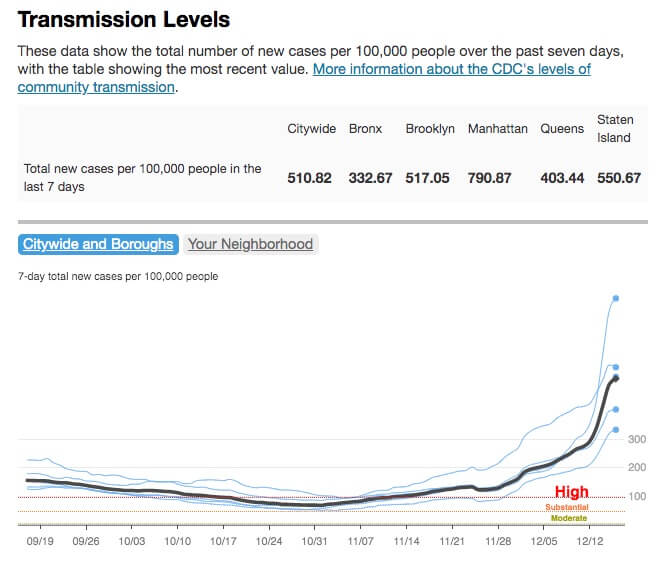
Eight Manhattan neighborhoods reported 7-day positivity rates above 10%, and ironically, most of them registered vaccination rates above 90% — suggesting many breakthrough cases.
Tribeca (10007) logged a city-high 7-day positivity rate of 12.87% between Dec. 10-16, with 95 new cases reported during the period. But the city’s Health Department reported 99% of Tribeca’s 6,991 people got at least their first dose, with 96% of all residents fully vaccinated.
The same holds true for Hudson Square/Meatpacking District/West Village (10014), which had a 12.44% positivity rate and 307 new cases between Dec. 10-16. That area has 89% of all residents with at least the first dose, and 79% fully vaccinated.
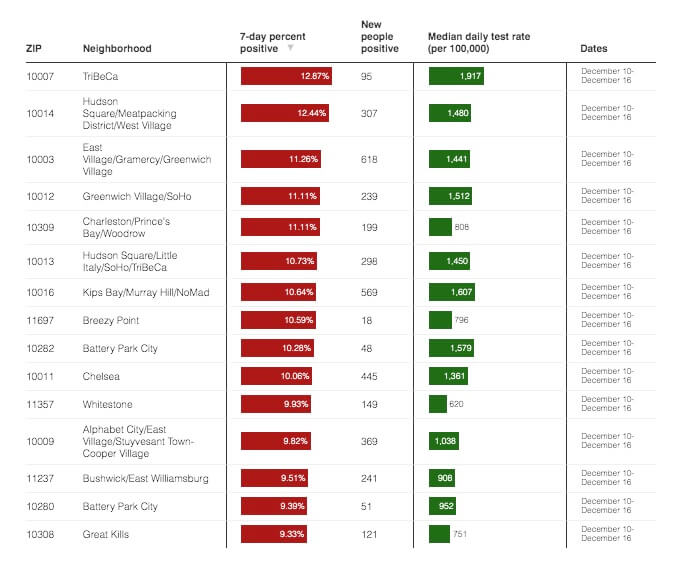
As for the highest number of new COVID-19 cases over the past week, East Williamsburg/Williamsburg, Brooklyn reclaimed the top of the list again, with 696 new diagnoses between Dec. 10-16. The area’s 7-day positivity rate, however, was 7.75%.
East Village/Gramercy/Greenwich Village in Manhattan (10003) had the second-most cases with 618 and a 7-day positivity rate of 11.26%, followed by Kips Bay/Murray Hill (10016) with 569 cases and a 10.64% 7-day positivity rate.
While East Williamsburg/Williamsburg’s vaccination rates remain among the lowest in the city (61% with the first dose, 55% fully vaccinated), East Village/Gramercy/Greenwich Village (84% first dose, 74% fully vaxxed) and Kips Bay/Murray Hill (99% first dose, 91% fully vaccinated) had far more residents with some line of protection against COVID-19.
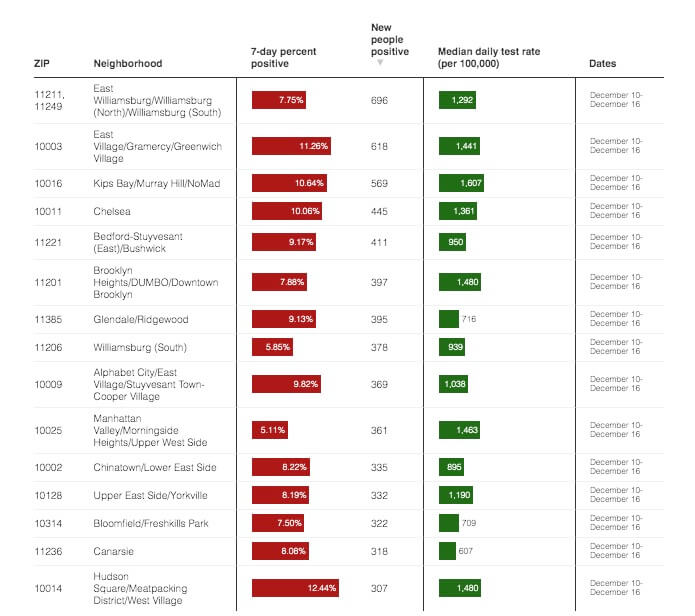
Skeptics may look at the data and wonder if the vaccines work. They do — and the evidence of that can be found comparing the infection rates between vaccinated and unvaccinated New Yorkers.
COVID-19 infections among the unvaccinated is literally off the charts, according to the Health Department. As of Dec. 4, the number of cases among unvaccinated New Yorkers was 804.46 per 100,000. That’s nearly 10 times higher than the 96.81 cases per 100,000 among vaccinated residents.
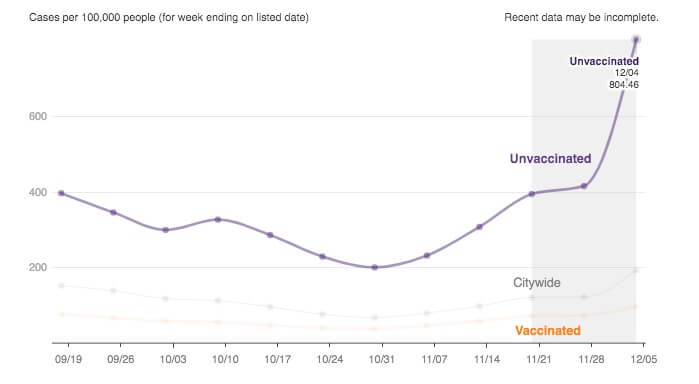
The same can be said for hospitalizations, where 40.17 per 100,000 unvaccinated New Yorkers are winding up being admitted for serious or severe COVID-19 infection. By contrast, just 2.99 per 100,000 vaccinated New Yorkers require hospitalization — about 13 times less than their unvaccinated counterparts.
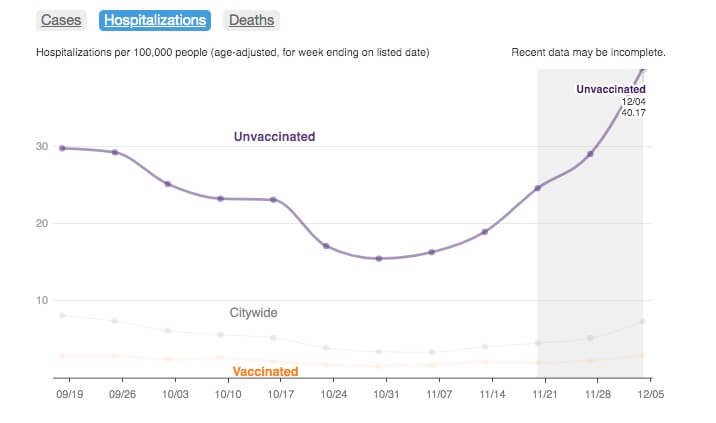
The moral of the story: Vaccination (and getting booster shots) improves your chances of avoiding COVID-19 altogether — or at the very least, reduces the severity of infection if you happen to have a breakthrough case.



